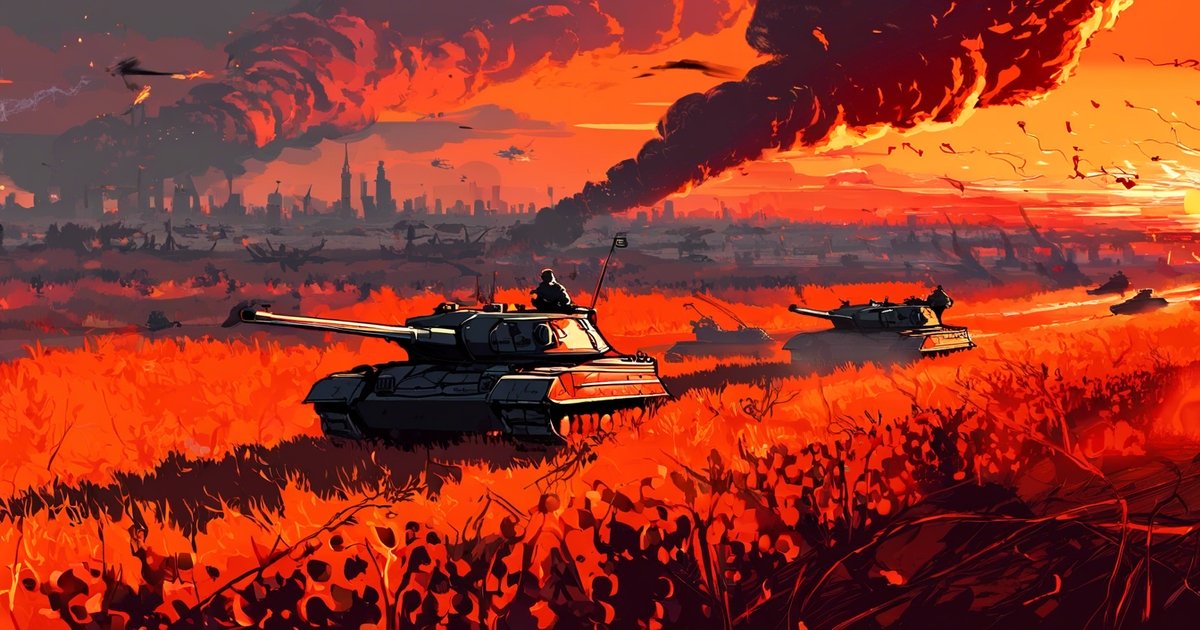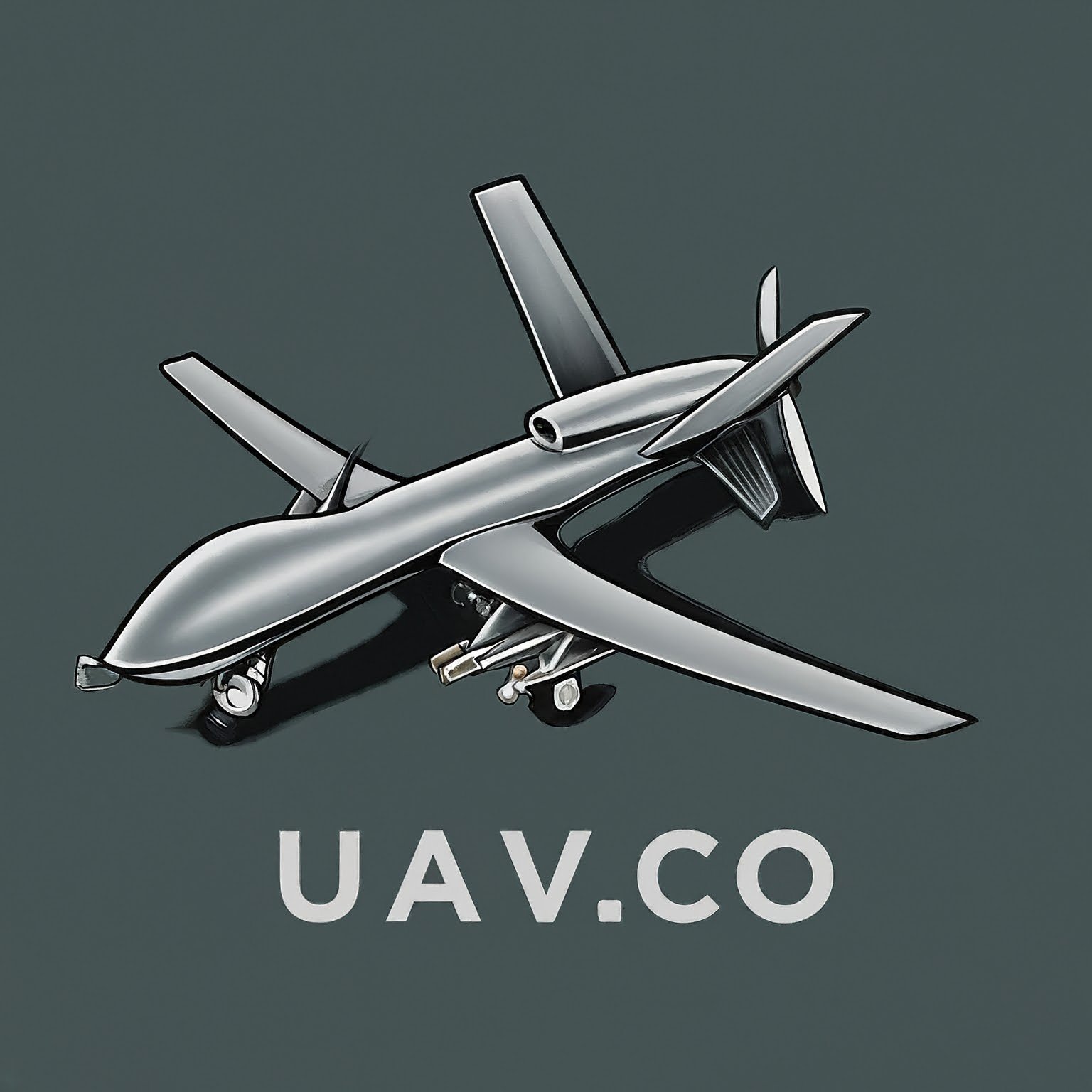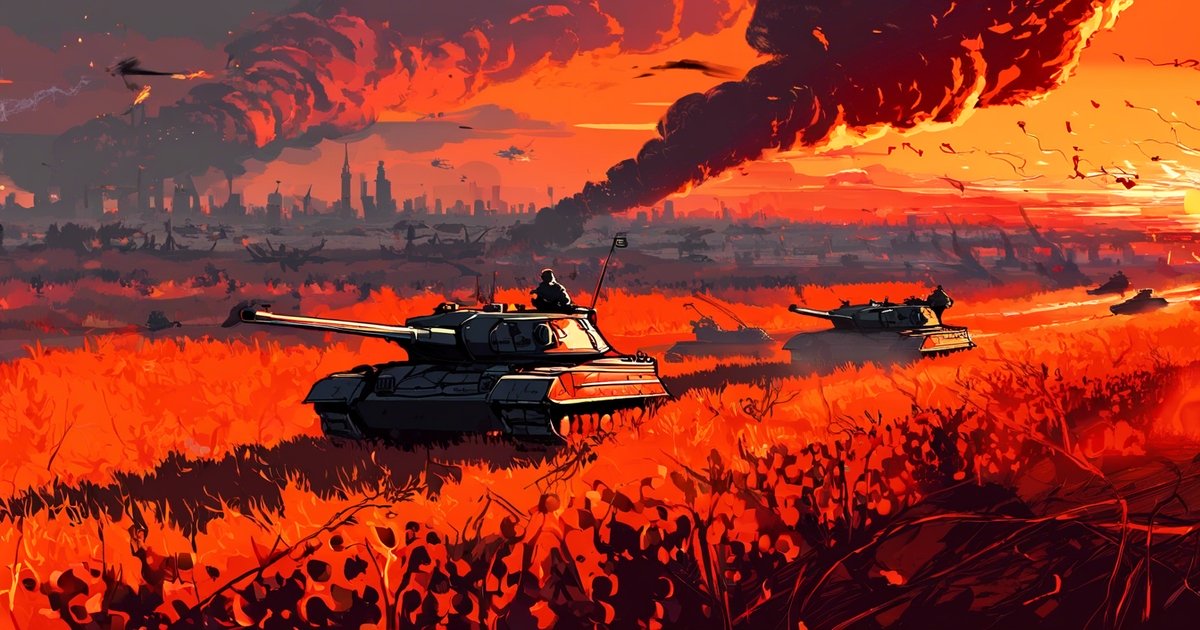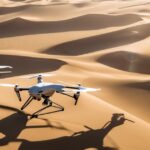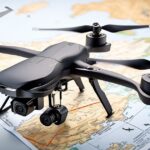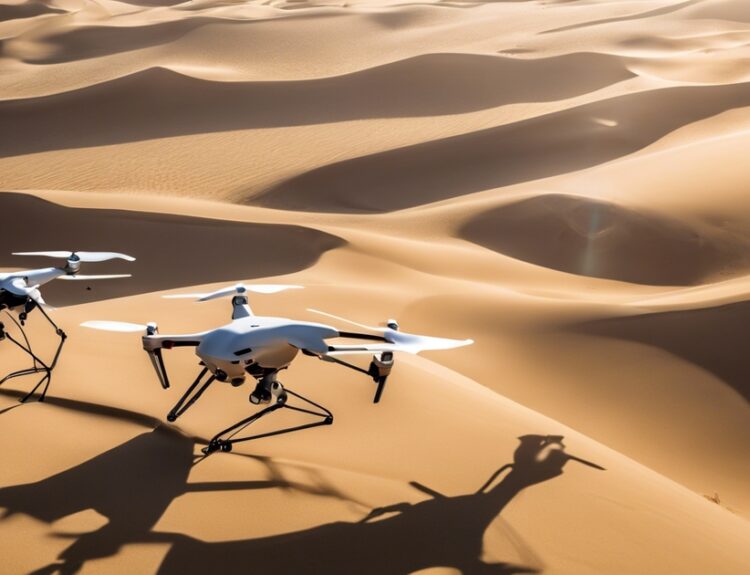The utilization of military drones by the army in Ukraine, especially on the front line, has become a focal point for discussions on modern warfare and technology’s role on the battlefield, with figures like Zelenskyy highlighting their importance. These unmanned aerial vehicles (UAVs), or many drones, offer strategic advantages, including surveillance, reconnaissance, and direct engagement capabilities without risking soldier lives directly. As the conflict evolves, so does the deployment and development of these sophisticated machines, including many drones and equipment by companies. This analysis aims to explore the implications of drone usage in Ukraine, shedding light on how they are reshaping military tactics, international relations, and the country’s communication through video by figures like Zelenskyy and his interpreter.
Key Takeaways
-
The use of drones has fundamentally transformed warfare, offering both tactical advantages and new challenges, as seen in the conflict in Ukraine.
-
Drones have played a pivotal role in the Ukraine conflict, impacting strategies and outcomes on both sides through surveillance, targeted attacks, and defensive measures.
-
Technological advancements in drone technology have accelerated due to the war, leading to innovations in drone capabilities and counter-drone systems.
-
Ukrainian citizens have actively contributed to the war effort, showcasing the potential of civilian involvement in modern conflicts through drone operations and support.
-
The development of defense mechanisms against drones is crucial for maintaining airspace security and protecting against unauthorized drone strikes.
-
The creation of a separate military force for drones in Ukraine highlights the growing importance of unmanned systems in contemporary warfare and strategic planning.
Transformation of Warfare with Drones
Aerial Shift
The use of military drones in Ukraine, equipped with video capabilities, marks a significant shift from traditional ground assaults, involving tanks, to aerial surveillance and strikes. This change has not only altered the dynamics on the battlefield with tanks and video but also enhanced the efficiency and effectiveness of military operations through the use of interpreters.
Drones, equipped with video capabilities, have enabled troops to conduct precise strikes against enemy positions, including tanks, without directly risking soldiers’ lives. The ability to deliver targeted attacks from a distance, using video-guided tank technology, has revolutionized warfare, making it less risky for those executing missions.
Intelligence Revolution
Moreover, drones with video capabilities are at the forefront of revolutionizing intelligence gathering. They provide real-time video data that is critical for making informed decisions during conflicts. This instant access to information and video was unimaginable just years ago.
The digital transformation facilitated by these unmanned aerial vehicles ensures that commanders can work with up-to-date video intelligence. This capability, including video surveillance, is vital in scenarios like a large scale invasion where situational awareness can significantly influence outcomes.
-
Pros:
-
Increased precision in targeting.
-
Reduced risk to troops.
-
Enhanced real-time intelligence gathering.
-
-
Cons:
-
Dependency on technology.
-
Potential for counter-drone measures by adversaries.
-
Impact of Drone Warfare in Ukraine
Defensive Capabilities
Military drones have significantly boosted Ukrainian forces. They level the playing field against larger adversaries. Drones provide real-time intelligence, enabling swift responses to threats.
These unmanned aerial vehicles (UAVs) are crucial for reconnaissance missions. They identify enemy positions without risking lives. This advantage allows for strategic planning and targeted attacks on vulnerabilities.
Supply Disruption
Drones disrupt enemy supply lines effectively. By targeting convoys and storage facilities, they cut off resources essential for sustained military operations.
Such strikes not only deplete the enemy’s supplies but also demoralize their forces. The psychological impact cannot be understated. It sows confusion and fear among troops, reducing their combat effectiveness.
Infrastructure Protection
Civilian infrastructure gains a layer of protection through drone surveillance. UAVs monitor critical structures around the clock, detecting potential threats early.
This capability is vital in safeguarding power plants, bridges, and hospitals from attacks. Early warning allows time to evacuate civilians or fortify defenses if needed.
Technological Advancements in Drone Usage
AI Integration
The use of drones has transformed modern warfare. In Ukraine, the integration of AI stands out. This technology enables drones to operate autonomously. They make decisions without human input.
Companies have developed these smart drones with advanced algorithms. They can identify targets and navigate complex environments on their own. The ability for autonomous operation reduces risk to human operators.
Stealth Technology
Stealth technology is another key advancement. It makes drones nearly undetectable by enemy radar or sensors. This feature is crucial for reconnaissance missions in conflict zones like Ukraine.
Drones equipped with stealth capabilities can gather intelligence without being spotted. They relay valuable information while staying off the radar, literally and figuratively.
Enhanced Features
Improvements in drone technology have also focused on two main areas: flight duration and payload capacity.
-
Extended flight duration allows drones to cover larger areas without needing to return for recharging.
-
Increased payload capacity means they can carry more equipment or supplies.
These enhancements give military forces a significant advantage. Drones can stay airborne longer and perform a variety of missions, from surveillance to delivering critical supplies.
Role of Ukrainian Citizens in War Efforts
Crowdfunding Initiatives
Ukrainian citizens have actively participated in crowdfunding. They raise funds for drone purchases and technological upgrades. This involvement showcases a collective effort to support military operations.
Through online platforms, individuals contribute financially. Their contributions help acquire advanced drones. These drones play a crucial role on the battlefield, as discussed previously.
Volunteer Networks
A network of volunteers has emerged across Ukraine. They offer their skills in drone piloting and technical support. This grassroots movement supplements the military’s capabilities significantly.
Volunteers come from various backgrounds. Some are tech enthusiasts; others are professionals in robotics and engineering. Together, they ensure that drones remain operational and effective.
Intelligence Gathering
Citizens also engage in grassroots intelligence gathering using drones. This information is vital for planning military strategies.
Defense Mechanisms Against Drones
Anti-Drone Systems
Deploying anti-drone systems has become a critical strategy for Ukraine. These systems detect and neutralize enemy drones, ensuring airspace security. They use radar, radio frequency (RF) scanners, and cameras to identify threats.
Once detected, these systems can disable drones through various means. Jamming their signals or physically capturing them are common methods. This approach protects both military assets and civilian areas from surveillance or attack.
Electronic Warfare
Electronic warfare tactics play a significant role in countering drones. Ukraine employs jamming devices to disrupt the control signals of enemy drones. This makes it difficult for attackers to maintain command over their unmanned aerial vehicles (UAVs).
In some cases, Ukrainian forces have managed to take control of enemy drones using sophisticated hacking techniques. By turning these devices against their owners, they gain valuable intelligence while depleting adversary resources.
No-Fly Zones
Creating no-fly zones is another effective defense mechanism against military drones in Ukraine. Specialized counter-drone units enforce these zones around key facilities and regions.
These units utilize a combination of the previously mentioned technologies and strategies to ensure compliance with no-fly directives. Through vigilant monitoring and rapid response capabilities, they effectively minimize drone-related threats within designated areas.
First Person View Drones on the Front Lines
Real-Time Advantage
First Person View (FPV) drones have revolutionized warfare. They provide real-time combat footage. This is crucial for strategic decisions. Soldiers on the front lines can see enemy movements instantly.
These drones give a bird’s-eye view of battlegrounds. Commanders use this footage to make informed choices. The advantage of seeing enemy positions in real time cannot be overstated.
Urban Warfare
In urban settings, FPV drones prove invaluable. They help in precise targeting amid complex landscapes. Buildings and narrow streets complicate traditional surveillance methods.
Operators control these drones from a safe distance. They navigate through tight spaces to locate targets accurately. This capability is vital for success in urban conflicts.
Situational Awareness
Ground troops’ situational awareness gets a significant boost from FPV drones.
-
Troops receive live updates about their surroundings.
-
Changes in enemy positions are relayed back quickly.
This constant flow of information keeps soldiers informed and prepared. It reduces surprises on the battlefield, saving lives.
Ukrainian and Russian Drone Strikes
Strike Tactics
Ukrainian and Russian military forces have adopted different drone strike tactics. Ukraine often utilizes smaller, commercially available drones for reconnaissance and targeted strikes. These drones are less expensive but can carry only a few kilograms of explosives. On the other hand, Russia employs larger military-grade drones capable of carrying heavier payloads over longer distances.
The effectiveness of these tactics varies. Ukrainian drones excel in precision, causing significant damage to specific targets with minimal collateral damage. Russian drones, due to their payload capacity, can hit broader areas and potentially cause more destruction but with less accuracy.
Civilian Impact
Drone strikes in urban areas raise serious concerns about civilian safety and international law violations. Both sides have reported incidents where drone attacks resulted in civilian casualties or damage to non-military infrastructure.
International laws dictate that combatants must minimize harm to civilians during conflicts. However, the use of drones challenges these principles as distinguishing between combatants and non-combatants becomes harder in densely populated regions.
Adaptations
Both Ukrainian and Russian forces have developed countermeasures against each other’s drone strategies. Ukraine has invested in anti-drone systems capable of jamming signals or directly shooting down enemy UAVs (Unmanned Aerial Vehicles). Similarly, Russia has implemented electronic warfare units designed to disable incoming Ukrainian drones before they reach their targets.
These adaptations reflect an ongoing technological arms race between both nations as they seek advantages through innovation while attempting to mitigate vulnerabilities exposed by opposing drone technologies.
Creation of Separate Military Force for Drones
Dedicated Units
The establishment of dedicated units specializing in drone operations marks a significant evolution. These units focus exclusively on military drones in Ukraine. They bring expertise and precision to the battlefield.
Training is rigorous, covering piloting, maintenance, and tactical deployment. Soldiers learn to operate drones effectively under various conditions.
Training Programs
Training programs are essential for these dedicated units. They ensure soldiers are skilled in piloting and maintaining drones. Also, they cover how to deploy them tactically alongside other military branches.
These programs include both theoretical knowledge and practical exercises. This approach ensures that personnel can integrate their skills seamlessly into broader military operations.
Integration Efforts
Integrating drone forces with other military branches is crucial for coordinated operations. This synergy enhances the effectiveness of missions across different terrains and scenarios.
Collaboration between the separate branch for drones and traditional army units allows for innovative strategies. It leverages aerial intelligence with ground or naval forces’ capabilities.
Summary
The integration of drones into military operations in Ukraine marks a pivotal shift in modern warfare, underscoring the profound impact these technologies have on the dynamics of conflict. The utilization of drones not only transforms the battlefield but also brings to light the innovative defense strategies and the significant role of citizens in supporting war efforts. The creation of a separate military force dedicated to drone operations further highlights the strategic importance and evolving nature of drone warfare. This evolution prompts a reevaluation of current defense mechanisms and necessitates continuous technological advancements to address emerging challenges.
As the landscape of warfare undergoes this remarkable transformation, it becomes imperative for international security experts, policymakers, and defense industries to closely monitor these developments. They must collaborate to forge policies and technologies that enhance global security in an era increasingly defined by unmanned aerial vehicles. The insights garnered from the Ukrainian context offer valuable lessons for future military strategies and defense planning worldwide.